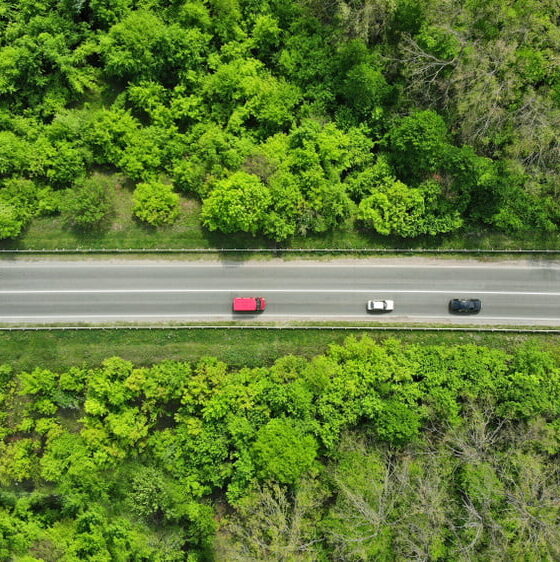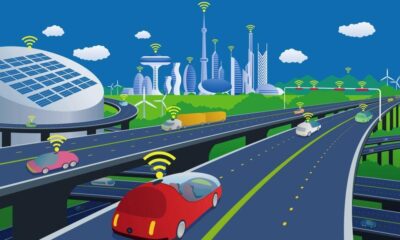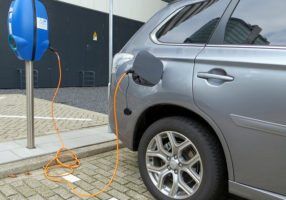

Environment
Costs Of Convenient And Environmentally Friendly Urban Transportation
Being committed to eco-friendly living in 2019 isn’t always easy. You need to appreciate the need to minimize your carbon footprint when traveling. Unfortunately, this isn’t always easy, because it isn’t always clear which transportation options are the best for the environment.
Comparing the Carbon Footprint of Different Transportation Options
Urban dwellers today have the widest number of options for traveling around. Since Uber’s launch in 2010, ridesharing companies and Transportation Network Companies (TNCs) have been welcomed warmly by the urban population. Simultaneously, for shorter distances, the market for scooter, bike, and electric bikes best sharing services have witnessed significant growth. The transportation scenario has completely transformed with on-demand transportation available on a simple tap. However, scaling these technologies’ physical asset foundation is a difficult task that can impose unintentional consequences on the environment and infrastructure.
Ridesharing – Popularity and Issues
Since the urban population enjoys access to ridesharing technologies the most, city passengers have been the primary target of ridesharing companies. The metropolitan cities with the largest and most dense population have in fact seen the majority of the TNC boom.
Though the TNC ridership growth has impacted the taxi industry negatively, there has been a significant increase in the TNC rides availed with the wider car hiring industry. In this way, apart from consuming the market share of taxis, TNCs have also created their own market share that is rapidly growing.
However, the issue with urban TNC transport remains that they are replacing directly trips that would have been made otherwise – by walking, public transit, biking, etc. Further, a significant part of the TNC trips is made without payment.
Ride Sharing – Driving in the Right Direction
Electric bike and scooter sharing services are lucrative alternatives for environmentally conscious urbanites. While one can spot electric scooters at almost every street in California, shared docked bikes are an ordinary sight in major cities.
While the introduction of shared electric bikes was greeted with open arms initially, the absence of proper control and regulation caused a logistical nightmare where scooters spotted the parking lots, sidewalks and entrances of buildings.
Since convenience compromised structure, dockless solutions imposed logistical concerns. Operators of dockless networks required vast manpower to maintain the bikes round the clock. Further, the companies didn’t have any direct power on the parking of their assets.
Though docked bikes eliminate this issue through centralized docking stations, these have problems of their own like rebalancing and finding open docking spots.
Problems with Scaling
Technologies for urban transportation have imposed a significant logistical burden on cities, scaling issues being the root of the problem. Ridesharing has put enormous pressure on an infrastructure base that is relatively static. Dockless scooters being rolled out without any control has further caused waste management and clean-up nightmares. On the other hand, the effectiveness of docked bikes has been limited by scaling issues due to space constraints and careful planning requirements.
Before the implementation of a scalable solution, the scalable problem must be considered as poor implementation can trigger issues bigger than the ones addressed. It is crucial to remember that the proliferation of shared mobility technologies requires parallel support infrastructure. The keys to urban transportation lie in organization and structure, which ridesharing and dockless solutions haven’t been able to offer.
Considering the Most Viable Options with Green and Convenient Transportation
In conclusion, the technologies of urban transportation have offered convenience by compromising logistics. The issues with ridesharing, docked bike sharing, and dockless sharing solutions are ingrained in infrastructure and logistics. Since these issues can scale quickly, their solutions must be figured out before offering them to the masses.






























